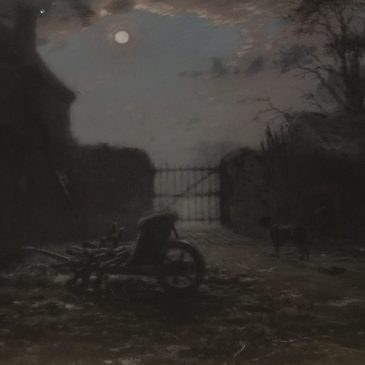One of the first research reports on the arts in education was called, “Basic Abilities Required for Understanding and Creation in the Arts,” by Nelson Goodman, David Perkins and Howard Gardner. In their Final Report (1972) they talk about why they called their work in Project Zero—a reference to how much they knew about the field they had decided to study. They found many “programs and passionate advocates but not much communicable principals” (Goodman et al., 1972, p. 1).
Research is Antithetical to the Arts
They even talked about how just conceiving of this type of work might be heresy to the arts: “many are convinced that everything related to the arts is by its very nature idiosyncratic; and that any analysis, any research in education—even education itself—might be antithetical to the arts” (Goodman et al., 1972, p. 1).
Basic Abilities
In their abstract, you can read their struggle to organize a relationship between the arts and education that seems to be more known in experience rather than in writing. They wanted to improve the arts through education:
Aimed at advancement of the arts through improvement of education for both understanding and production, this long range basic research program dealt primarily with the study of the varieties and interaction of human abilities, the nature of the tasks involved in the several arts, and the available means for inculcating or fostering the abilities required to perform such tasks. Methods applied range from the initial clearing away of prevalent misconceptions and the clarification of concepts, through psychological experimentation and the study of clinical work on the brain, to actual field work in educational institutions and the arts. The underlying assumption was that work in the arts, like much human activity, involves the processing of symbols. First, a grounded organization of symbol systems and functions was developed. Then questions and hypotheses concerning the abilities required for the implications of this for the arts were framed and investigated. Throughout the study, however, any question or evidence that promised to further the objective was considered. Rather than offering art educators recommendations and conclusions, the report offers materials that may be of use in their thinking and practice.
—Goodman, Nelson; And Others, 1972, Abstract
Their hesitation at even offering recommendations or conclusions is indicative of the newness of their work, the respect they had for others, particularly those in the separate fields of art and education, and their hope for advancing the thinking around this integration of art and education.
Language of Art
Nelson Goodman also wrote a book during the first year of the project in 1968 called, “The Language of Art,” in which he tackled the relationship of art and symbols. Symbol work and understanding how symbols are used in human connections is so important to organizing education. The basic problem with symbols is that they stand for larger ideas and if you don’t know the code, you may be lost in understanding. The advantage of symbols is that in standing for larger ideas, humans can move on to create more complexity and make finer points from simple ideas.
Peer to Peer
Although there is much more here, I did want to grab just one paragraph from their report on peer to peer teaching, which they define here as taking place between student to student learning moments. They offer several ideas around this concept, including calling it a model of discipline, purpose and achievement.
—(Goodman et al., 1972, p. 69)
The student as teacher: Among alternative schools, interest in peer teaching has been encouraged by certain egalitarian premises, chief among which is the denial of distinctions based on rank, and thus of distinctions between teacher and student. Students are empowered to instruct but, since they lack academic preparation, they will most commonly teach performance skills, including the arts and crafts. While the quality of such instruction is mixed, it embodies some desirable elements, including provision of a model — perhaps the only model in the school — of discipline, purpose, and achievement. The greater benefit, however, may accrue to the tutor who must, under the questioning of students, make explicit much of his subliminal knowledge.
In my research (Southworth, Gardner and Westervelt, 2016) we found that peer to peer learning among teachers was very powerful. However unformed and uneven peer to peer teaching is from the viewpoint of consistency, we found this to be one of the highest engagement points for teachers. Peer to peer allows teachers to see other teachers teaching their students with success. Peer to peer is a naturally valued part of learning and it was a part of our arts integration success in building the capacity of teachers to integrate the arts. We would like to acknowledge how Goodman, Perkins and Gardner are to be remembered for starting a very good conversation about this and many other important arts in education concepts!
N.B. The picture that accompanies this post is from the painter Millet and was in the Museum of Fine Arts exhibition on French Pastels, viewed by us on December 2, 2018




